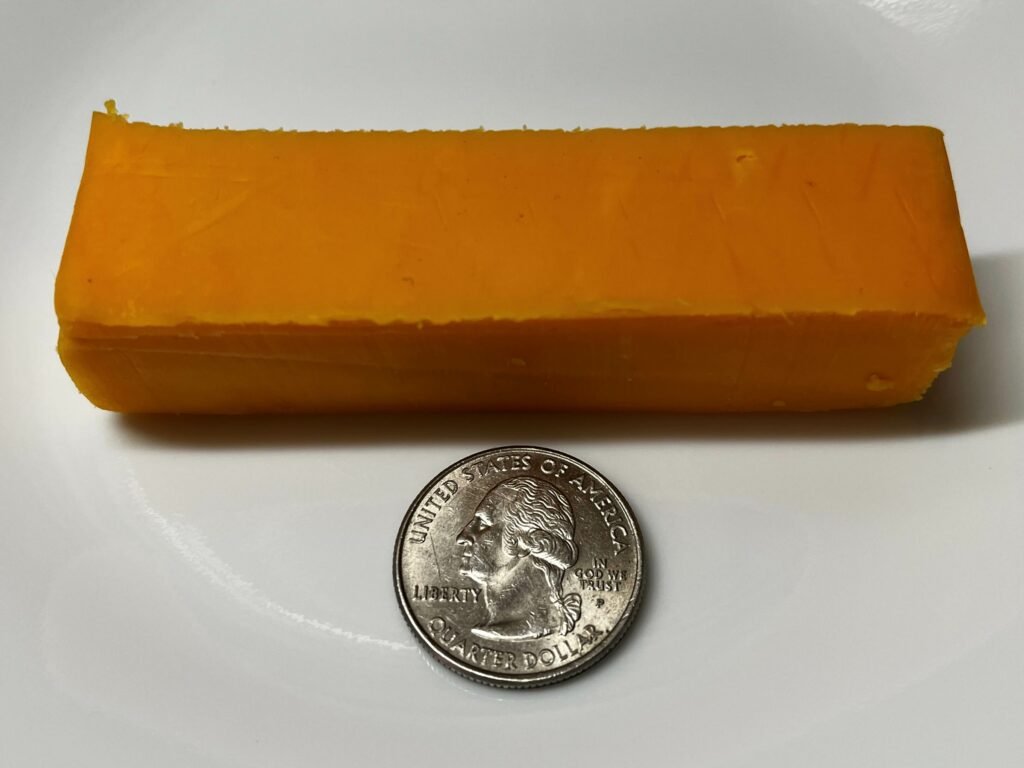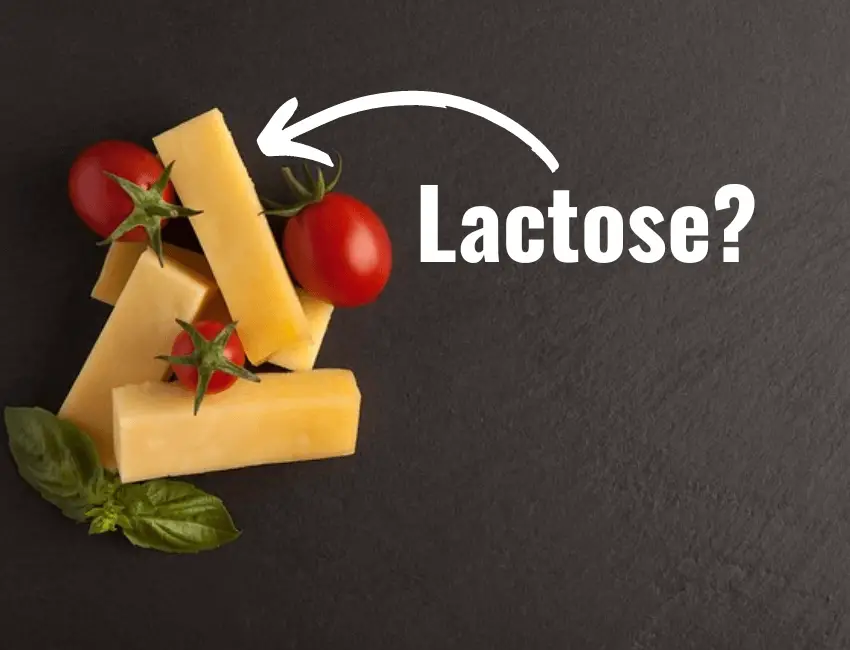Dairy products have been a staple in many diets for centuries. They are a great source of calcium, protein, and other essential nutrients. However, with the rise of lactose intolerance awareness, many people are becoming more conscious of the lactose content in their food.
One popular dairy product that people often wonder about is cheddar cheese. Specifically, they often ask if it contains lactose and if so, how much? Let’s find out.
Is There Lactose in Cheddar Cheese?
Lactose is a type of sugar that is naturally present in milk and dairy products. It is broken down by an enzyme called lactase, which is produced in the small intestine. However, some people do not produce enough lactase, which can lead to lactose intolerance. When they consume dairy products, they may experience symptoms such as bloating, gas, and diarrhea.
So, does cheddar cheese have lactose? The answer is yes.
During the cheese-making process, lactose in milk is converted into lactic acid, which gives cheese its tangy flavor. However, some lactose remains in the final product depending on how long the cheese is aged.
In the case of cheddar cheese, the distinction between mild, medium, sharp, and extra sharp varieties is based on how long they are aged. Mild cheddar undergoes aging for approximately two to three months, while extra sharp cheddar can be aged for several years. This aging process gives the cheese its unique taste and texture, making it an excellent choice for a variety of dishes.
Cheeses that are aged for longer periods have a sharper taste and contain less lactose compared to cheeses that have been aged less and have a milder flavor. Read on as we get into the specifics of how much lactose is in cheddar cheese.
SEE ALSO>>>Does Goat Cheese Have Lactose?
How Much Lactose in Cheddar Cheese?
Steve Carper’s Big List of Lactose Percentage has been one of of the go to sources for lactose percentages in dairy products. This list reports the following lactose percentages in cheddar cheese:
- Mild Cheddar: 0.0-2.1%
- Sharp Cheddar: trace-2.1%
To put these percentages into perspective, generally people with lactose intolerance can handle dairy with up to 2% lactose when consumed in moderation. That being said, many people with lactose intolerance can enjoy cheddar, especially the sharp varieties, without the typical lactose intolerance symptoms surfacing.
Another source we will use for the lactose in cheddar is Dairy Australia. They reveal that a 40 gram serving of cheddar cheese contains approximately 0.04 grams of lactose.
The image below is 40 grams of cheddar we sliced to give you an idea of what this amount of cheese looks like. The cheese slice measures about 3 1/4 inches in length and just under 3/4 inch in height in case you can’t visually determine its size.

Research has found that people with lactose intolerance can tolerate up to 12 grams of lactose at one time or about 18 grams spread out through the day. So, the approximate 0.04 grams of lactose in the above pictured cheddar is minimal. Many people with lactose intolerance are able to handle a much larger portion without bringing on the symptoms of lactose intolerance.
Lactose-Free Cheddar
You have limited options if you are looking for a cheddar cheese that is completely lactose-free. A brand you’ll find in the United States is Green Valley Creamery, which makes a variety of lactose-free dairy.
The company adds lactase enzymes to its dairy which breaks down the lactose to make its products lactose-free. Green Valley makes mild cheddar bars, slices, and shredded cheese.
If you are in the United Kingdom, you may wish to try Arla Lacto-Free. They makes grated and blocks of mature cheddar. They also produce a block of mild cheddar.
For more lactose-free cheese options, see our article about lactose-free cheese brands.
Final Thoughts
Cheddar cheese contains low lactose content, especially sharp cheddar that has been aged for a year or greater. Many people with lactose intolerance can eat cheddar in reasonable portions sizes without any issues. However, if you are lactose intolerant, it’s important to start with small servings to see how your body reacts.

